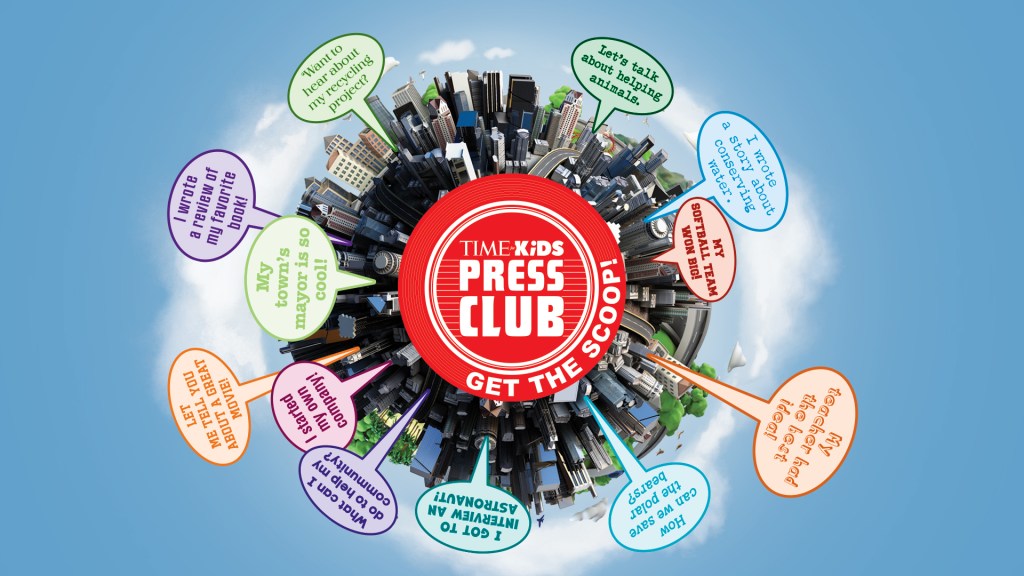Future Food

In March 2017, about 25 people were invited to a kitchen in San Francisco, California, for a tasting event. On the menu? Fried chicken. “This is some of the best fried chicken I’ve had,” one guest said.
The compliment was extra special considering the source of the meat. It had been grown in a lab by scientists from Memphis Meats. The company makes meat by safely extracting
extract
 SARAH CASILLAS—GETTY IMAGES
to remove something by pulling it out
(verb)
The dentist will extract the infected tooth.
cells
cell
SARAH CASILLAS—GETTY IMAGES
to remove something by pulling it out
(verb)
The dentist will extract the infected tooth.
cells
cell
 DANIEL ALLAN—GETTY IMAGES
one of the tiny units that make up all living things
(noun)
A scientist examined the cells through a microscope.
from animals such as chickens, ducks, and cows. Then it feeds the cells nutrients. Those cells grow and multiply, forming muscle, which is meat.
DANIEL ALLAN—GETTY IMAGES
one of the tiny units that make up all living things
(noun)
A scientist examined the cells through a microscope.
from animals such as chickens, ducks, and cows. Then it feeds the cells nutrients. Those cells grow and multiply, forming muscle, which is meat.
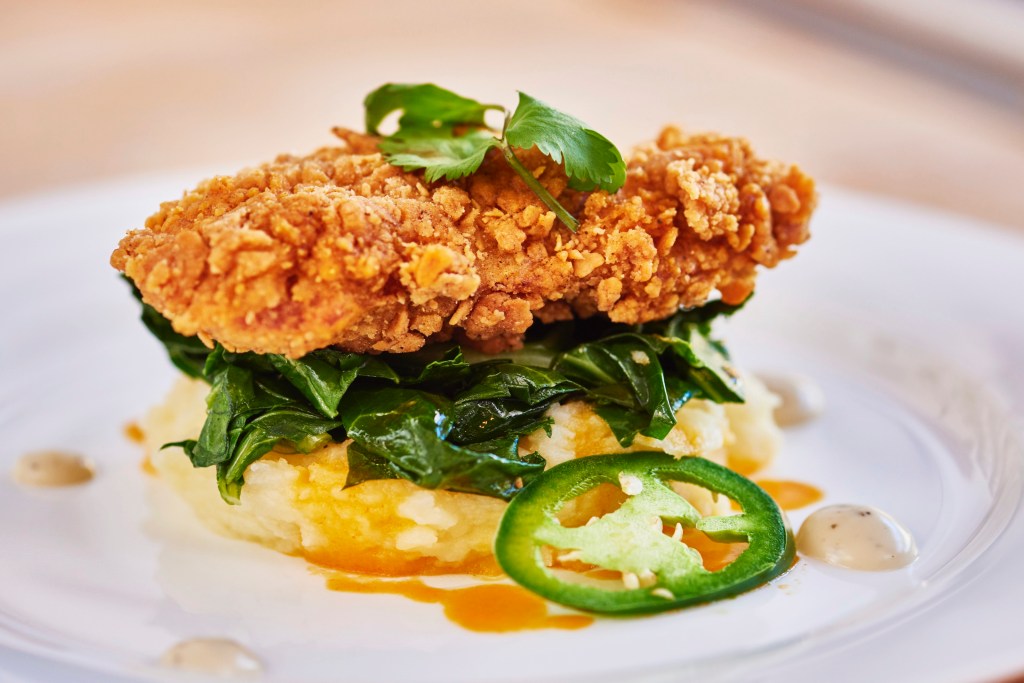
CHICKEN WITH A TWIST At a 2017 tasting event in San Francisco, California, Memphis Meats serves fried chicken made from cellular meat.
MEMPHIS MEATSMemphis Meats is one of several companies in the United States and around the world making cellular, or lab-grown, meat. Many people think it’s better for the planet than raising animals for food. Others aren’t so sure.
Why Cellular Meat?
The world’s population is expected to grow to nearly 10 billion by 2050, according to the United Nations Food and Agriculture Organization (FAO). That’s almost 2 billion more people than there are today. Eric Schulze is a vice president at Memphis Meats. He thinks feeding so many people will be tough. FAO says people could eat 73% more meat in 2050. “With current meat production methods, there aren’t enough resources” such as land and water to meet that need, Schulze told TIME for Kids.
Traditional meat production also requires lots of cows. And cows release methane
methane
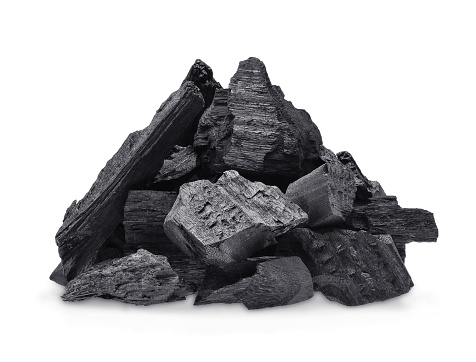 AKEPONG SRICHAICHANA—EYEEM/GETTY IMAGES
a colorless, odorless gas that can be burned for fuel
(noun)
Burning coal releases methane into the atmosphere.
. This gas traps heat in the atmosphere, which contributes to climate change.
AKEPONG SRICHAICHANA—EYEEM/GETTY IMAGES
a colorless, odorless gas that can be burned for fuel
(noun)
Burning coal releases methane into the atmosphere.
. This gas traps heat in the atmosphere, which contributes to climate change.
Raising cows and other livestock takes up space, too. Currently, 77% of the world’s farmland is used to grow crops to feed livestock or for the animals to graze
graze
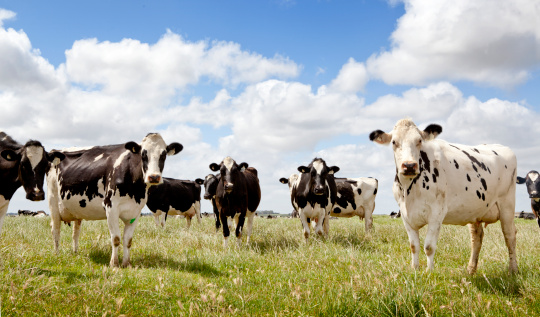 JW LTD—GETTY IMAGES
to eat grass or other plants that are growing in a pasture
(verb)
The cows grazed on the hillside.
on. Using more land for livestock will lead to deforestation.
JW LTD—GETTY IMAGES
to eat grass or other plants that are growing in a pasture
(verb)
The cows grazed on the hillside.
on. Using more land for livestock will lead to deforestation.
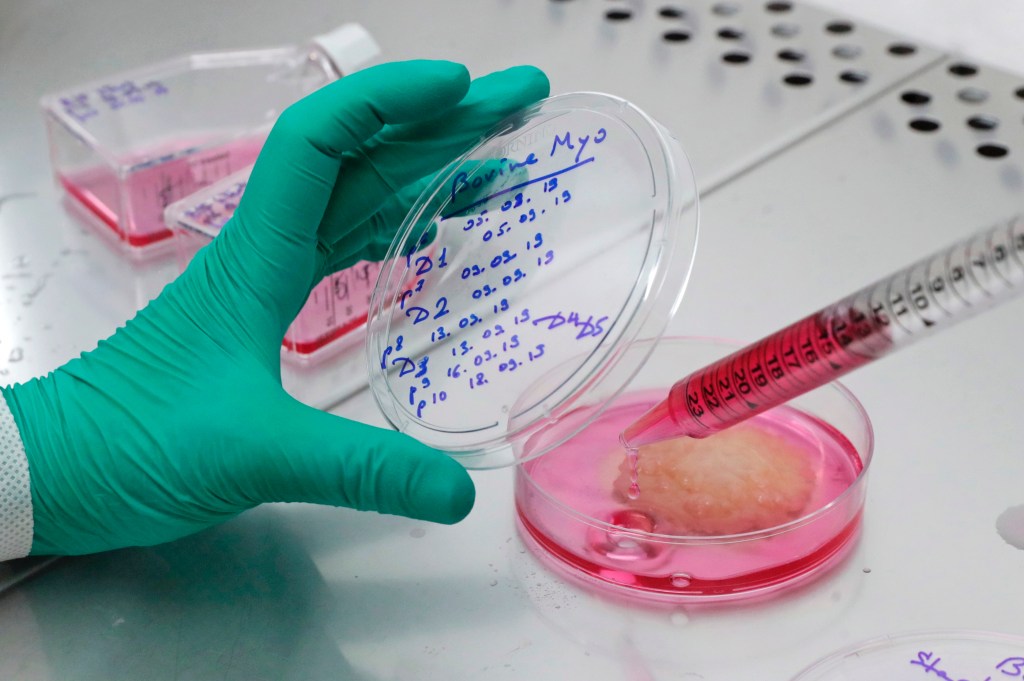
FOOD SCIENCE Ochakov Food Ingredients Plant is a company in Moscow, Russia. Here, one of its scientists grows meat from animal cells in a lab.
VYACHESLAV PROKOFYVEV—TASS/GETTY IMAGESBut cellular-meat production requires fewer cows and less land. Schulze says the cells taken during one extraction can make more meat than “any single animal could ever produce.” Just how much land is needed? “You only need the land required for the facility” where the meat is made, Elliot Swartz told TFK. He’s a scientist at the Good Food Institute, a group that promotes cellular meat and plant-based “meat” (see “Plant Power”).
Challenges Ahead
Not everyone is convinced that cellular meat will help the environment. Alison Van Eenennaam researches animal science at the University of California, Davis. She points out that fossil fuels
fossil fuel
 TETRA IMAGES/GETTY IMAGES
a fuel formed in the earth by plant or animal remains
(noun)
Most cars run on gasoline, which is made from fossil fuels.
, such as coal, are used to power cellular-meat production facilities. Burning these fuels releases another heat-trapping gas: carbon dioxide. “If we’re burning coal so that we can grow cellular meat,” she asks, “are we going backward?”
TETRA IMAGES/GETTY IMAGES
a fuel formed in the earth by plant or animal remains
(noun)
Most cars run on gasoline, which is made from fossil fuels.
, such as coal, are used to power cellular-meat production facilities. Burning these fuels releases another heat-trapping gas: carbon dioxide. “If we’re burning coal so that we can grow cellular meat,” she asks, “are we going backward?”
Cellular meat is not yet sold in supermarkets. Before that can happen, it will need to be affordable. The first lab-grown burger, produced in 2013 by Mosa Meat, cost more than $300,000 to make. Costs are dropping. But they can’t yet compete with regular ground beef, which is about $4 a pound.

HIGH PRICE Mark Post, chief scientific officer at Mosa Meat, reveals the first lab-grown burger, in 2013. It cost more than $300,000 to make.
MOSA MEATThe U.S. government will also need to pass regulations to make sure cellular meat is safely produced and properly labeled. Officials announced last year that they’re taking steps to do so, but it’s not clear how long the process will take.
Plant Power
Some people choose to not eat meat, or to eat less of it. For them, plant-based “meat” is a tasty substitute. To make it, scientists study why meat looks and tastes the way it does. Then they use plants to copy these unique qualities.
Companies like Impossible Foods and Beyond Meat sell their plant-based products in grocery stores. You can also find plant-based options everywhere from fancy restaurants to fast-food chains such as Burger King, Carl’s Jr., and Dunkin’.







